LET’S TALK KOMIKS: Russel Molina’s Martial Law story ’12:01′
FlipGeeks got to talk again with Russell Molina (Sixty Six, Edsa). Pretty much of a part two from our previous Let’s Talk Komiks interview. We discussed about his new graphic novel with Trese artist Kajo Baldisimo called, 12:01. We also get to discuss about what kind of advice can he give to writers/artist in making stories and when working with an editor.
This is Let’s Talk Komiks.
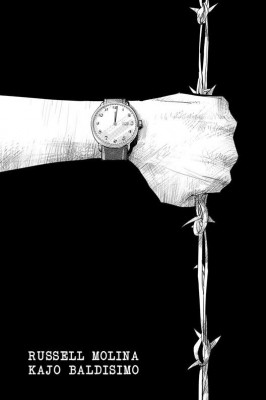 FLIPGEEKS: What is 12:01?
FLIPGEEKS: What is 12:01?
RUSSELL MOLINA: 12:01 is a graphic novelette, comic book about a group of bandmates stranded in the middle of the street during curfew hour.
How did you get this project?
It was commissioned by the Edsa Commission. I did their first book Edsa intended for a younger audience. 12:01 is for an older set, high school students
How did Kajo Baldisimo get into this project? Was is your choice? How did you convince him?
I’ve always wanted to collaborate with Kajo. We pitched the idea to him and lucky for us that he’s free. He also liked the project.
Do you see 12:01 being read in schools?
Not really a required reading piece but I hope they do roll it out in the schools.
Second project mo ito, How was it working with Kajo? You’ve worked with Ian Sta. Maria before, may pagka-awkwardness that you’re not working with him this time?
Not really. I’ve worked with different artists/illustrators for my children’s books so I’m exposed to different working styles. So I guess it’s just a matter of respecting the art process of different artists.
May differences ba working with him than with Ian? Would you like to work with him again for a future project?
Since Kajo also came from advertising (we all came from McCann Erickson, including Ian), we sort of know and understand the process and give each other the space necessary. And yes, they do have different work styles but I guess what’s important is dishing out the best output possible and hitting the deadline.
Are people from advertising very good artists?
At least the art guys I know, yes. But not all can draw like Kajo and Ian.
Do you know anyone there who are not good in drawing?
Not really. Just a coincidence. The comics industry is small. It’s one big happy family. And I’m happy that I see a lot of collaboration happening. Artists helping artists, writers helping writers. It’s the only way to go if we want to grow asan industry.
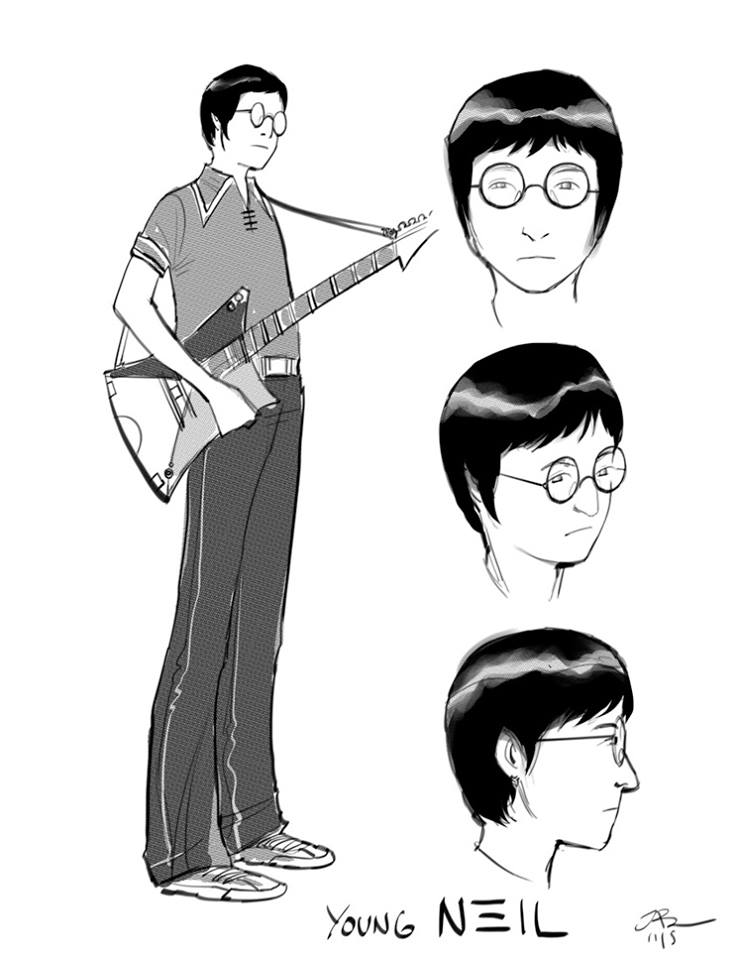
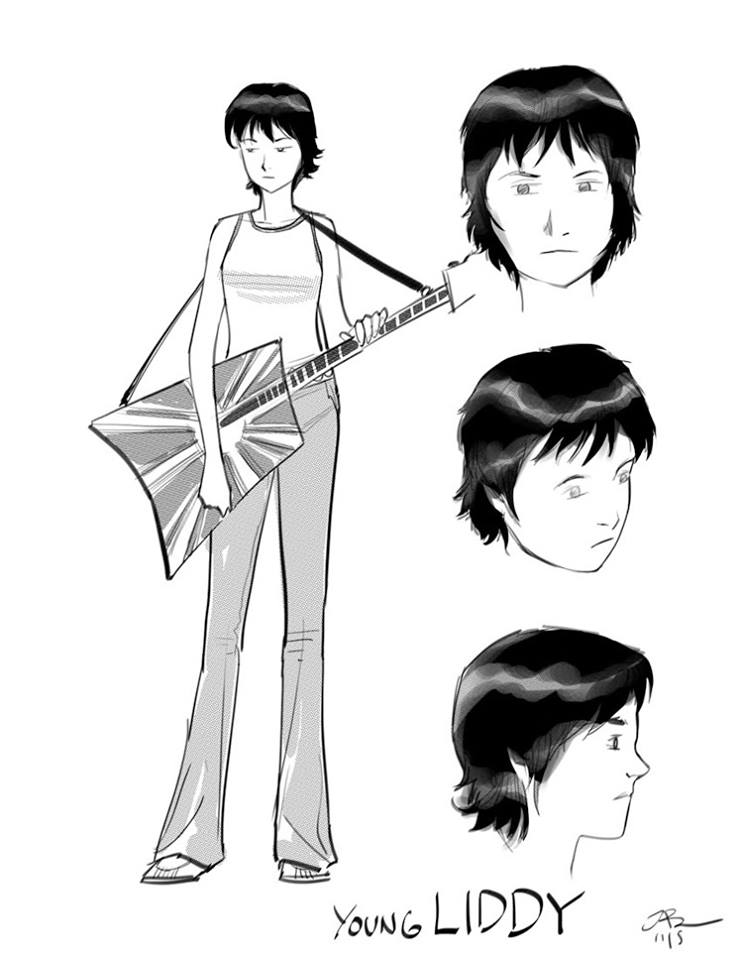
Character designs by 12:01 artist Kajo Baldisimo that didn't make into the book
What do you want people to learn about 12:01?
A lot of research went into 12:01 and it’s great that I got validation, at least on thereal-life accounts, from the guests like Etta Rosales who narrated her own personal story of torture during the martial law years.
The book is just 99 pesos. We want it to be more accessible to a greater number of
people, especially students and teens.
How long did it take you to write it?
About a week but the research was longer about 2 months.
[CHECK OUT… REVIEW: Learn how life was with ’12:01′]
Are the characters based on real people? Why a band?
The 4 lead characters were an amalgam of real people during those dark years. They are namesakes of student leaders during the martial law era. Music has played a big role in the protest movement during that time. It was a valuable platform through which latent emotions and feelings were expressed and exchanged. I wanted it to be a band to highlight also the valuable contribution artists have made to the movement.
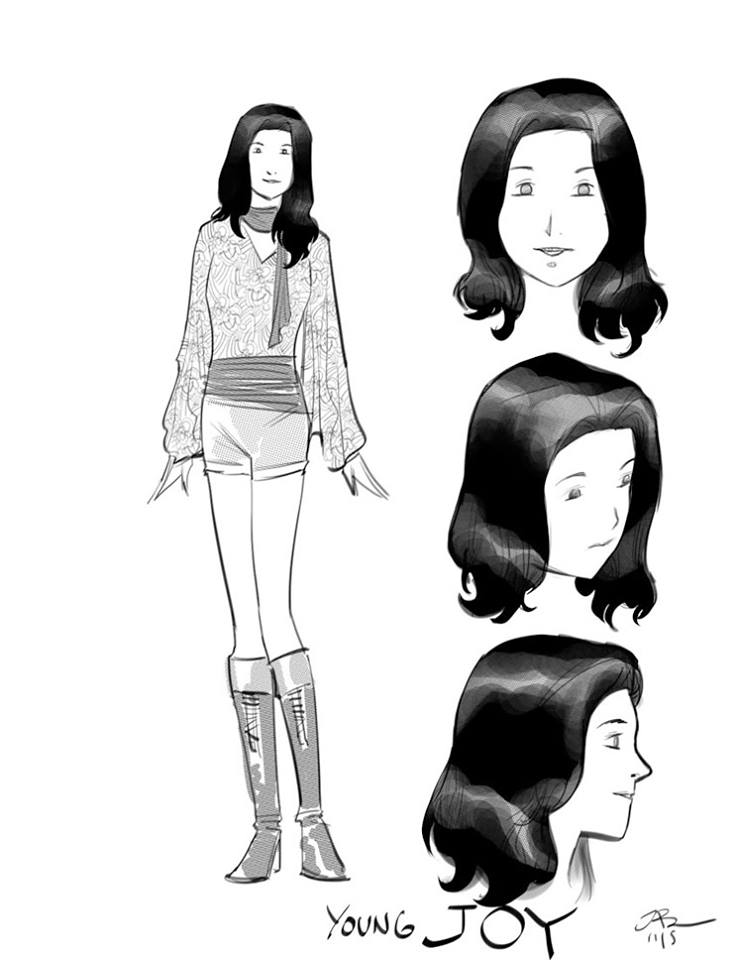
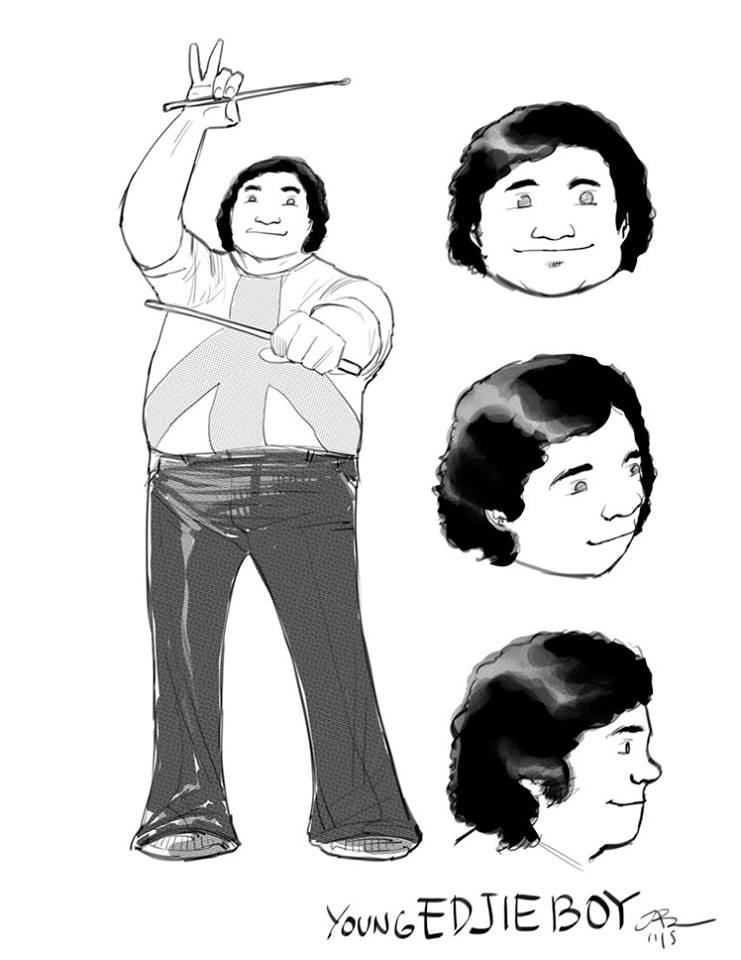
More character designs by Kajo Baldisimo that didn't make into the book
About the page count, is there a reason on why it is 40 pages?
Not really. We just felt that we could tell the story in 40.
Writing a story to some, think it’s difficult to write a story with many pages and to some, difficult to write a story with limited pages. What’s your personal favor here? How come? What advise can you give to a writer/inspiring writer?
I don’t really count pages. I just tell the story and not bother myself with the pressure of counting panels. Some stories can be told in 100, others only 3. As long as you keep the momentum of your narrative going, that’s the consideration. For 12:01, I felt that 40 pages would be enough and create gaps of the reader to fill in. Sometimes you don’t have to tell everything. Leave something for the imagination of the reader. I say this to children’s book every time: Read, read, read. There’s really no better advice than that. Then write, write, write. children’s book writers, you have to expose yourself to all the wonderful stories out there. And there are a lot.
In editing, were there any pages that were trashed/did not use/revised? Any advice to a writer on how can he/she bounce back with this?
Editing really happens on the writing stage so we do not waste beautiful panels. We talk it over the editor and make writing decisions with the text. When we have a solid script, that’s the only time we jump in and do the panels.
[CHECK OUT… READ Writer RUSSELL MOLINA’s Speech about ’12:01′ and Martial Law]
Once you have written a piece, you have to let go and wear a different hat, an editor’s hat as you self-edit your work. And you have to be really objective and not be over-protective of your work. The weeding out process is really tough but you have to look at the whole picture: Does this line push the story forward? Is that scene really necessary?
How important is to have an editor ? What did you learn with Anino Comics Managing Editor Carljoe Javier? Did your writing improve?
Think of the flow of your narrative. If the text does not bring you on a journey then take a different route. I’ve trashed and started over again and again. It’s painful but necessary. You have to be tough with yourself when you write. A fresh perspective is always welcome. That’s why I have mad respect for editors. Carloe is a big picture kind of editor. And I like the fact that he is so invested in every story Anino puts out. He sees things that I do not see and I really like that. But the discussions are mostly focused on the narrative and how to move the story forward.I also like the fact that he approaches it from a reader’s perspective.
Why should everyone grab 12:01? And your last words?
Because we busted our asses off working on this one. hehehe. No but seriously, I think it’s a story worth experiencing. The theme is relevant and can spark discussions and further research. For the current generation, it’s a window to the past worth revisiting. I hope the book makes them curious and make them care enough to google and investigate some more. I hope it encourages them to talk to their parents and discover their own personal histories during the martial law era.





























